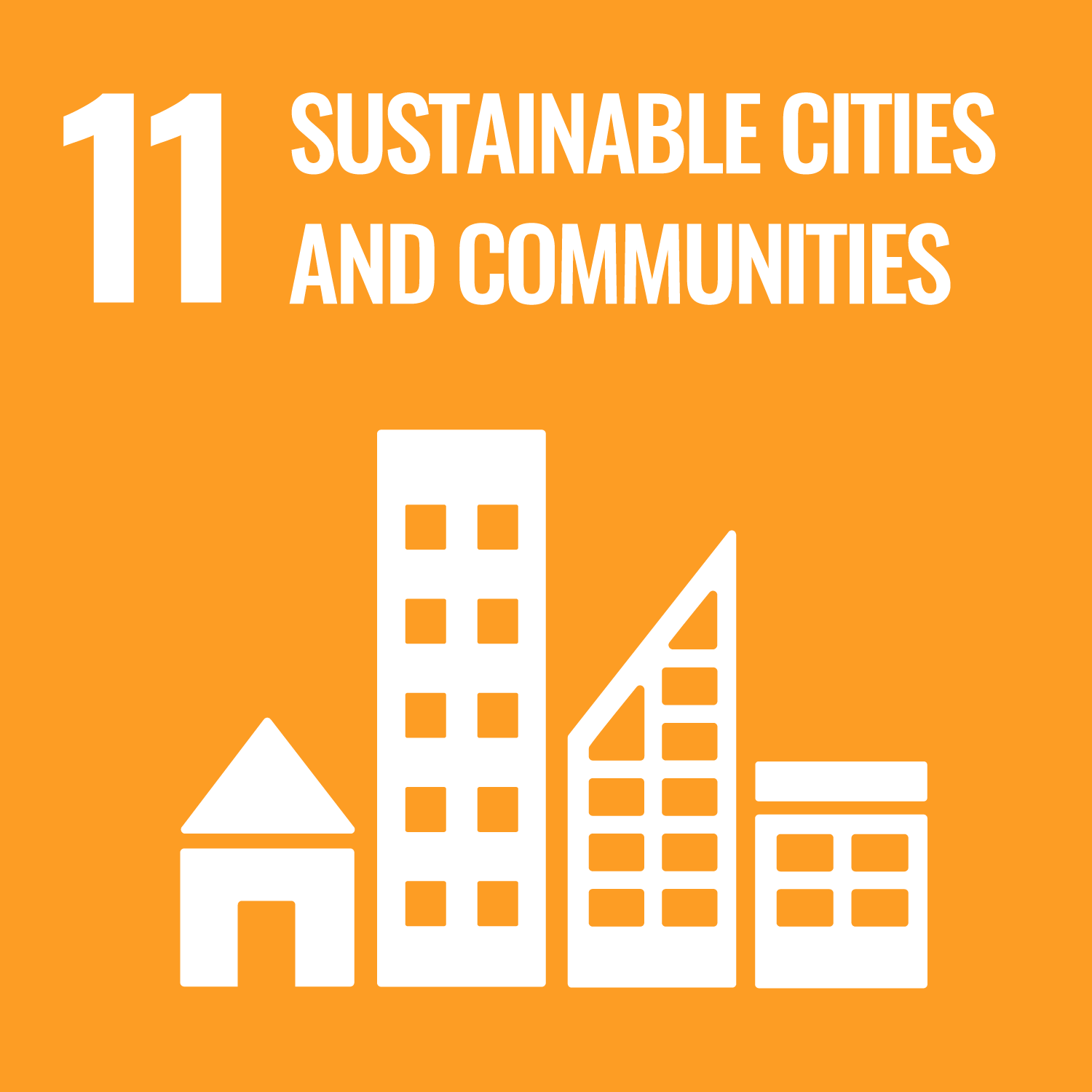2023年6月28日
Instructor's remark:
Instructor’s remarks: A key learning goal for the Global & China Studies course “Cultural Heritage and Chinese Society” is understanding and assessing how cultural heritage evolves and connects to Chinese people’s everyday life over time. Therefore, we took our students on field trips to Wan Chai, Sham Shui Po, and Sheung Shui—each representing a major Hong Kong district—to see first-hand how urban development continuously reshapes, even reappropriates, cultural heritage. Students had to then report their observations and takeaways from these field trips through the medium of a photo essay. The following three photo essays coincidentally converge on the theme of gentrification, asking hard questions about whether the price of gentrification is worth it in a culturally rich city like Hong Kong.
We would like to acknowledge the generous support of the TKP Character and Ethics Development Scheme towards this project.

Dr. YEW Wei Lit
Lecturer, Global & China Studies Programme
Group A
The phenomenon of gentification in Hong Kong
Instructor's comment
What I liked about the work of Lok Wun and Sin Mei is their thematic consistency that runs through their photos as well as their observations of how gentrification plays out in Sham Shui Po. They have taken a simple approach that thoughtfully documents their walking tour of Sham Shui Po, observing the tensions, contrasts, and ultimately the winners and losers in a worldwide phenomenon called “gentrification”.
Group B
Tai Nan Street - A community with economical opportunities and potential threat
Instructor's comment
Like the group above, Chung Wai, Mingxi, and Wenqi also takes on the issue of gentrification in Sham Shui Po. Here, they have gone the extra mile by capturing the place in pictures through a number of interesting angles, as well as capturing the voices of a variety of residents. The result is a rich, fascinating portrait of a city district that is under the assault of gentrification.
Group C
Lee Tung Street
Instructor's comment
Adding again to the theme of gentrification, Man Yi, Tsz Ki, and Xingtong look at not only the more recent case of Sham Shui Po, they also discuss the classic case of Lee Tung Street in Wan Chai. Other than the very informative descriptions, what particularly stands out to me is the creativity with which they have established the photo composition. It illustrates the past, the present, and offers thoughts about the future.
Related SDG achieved:










